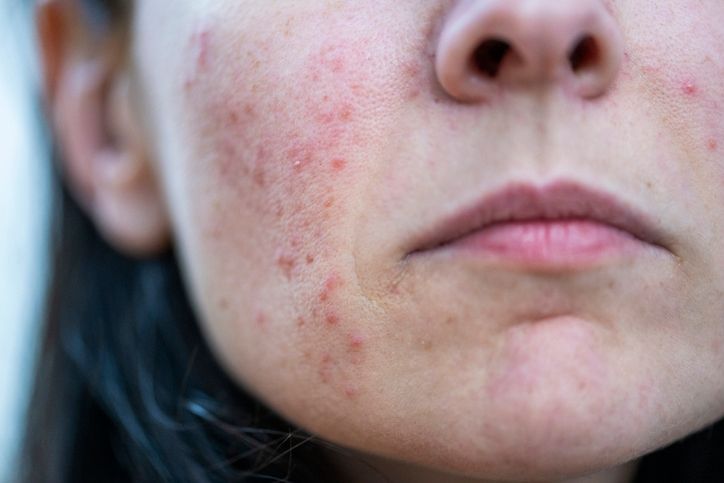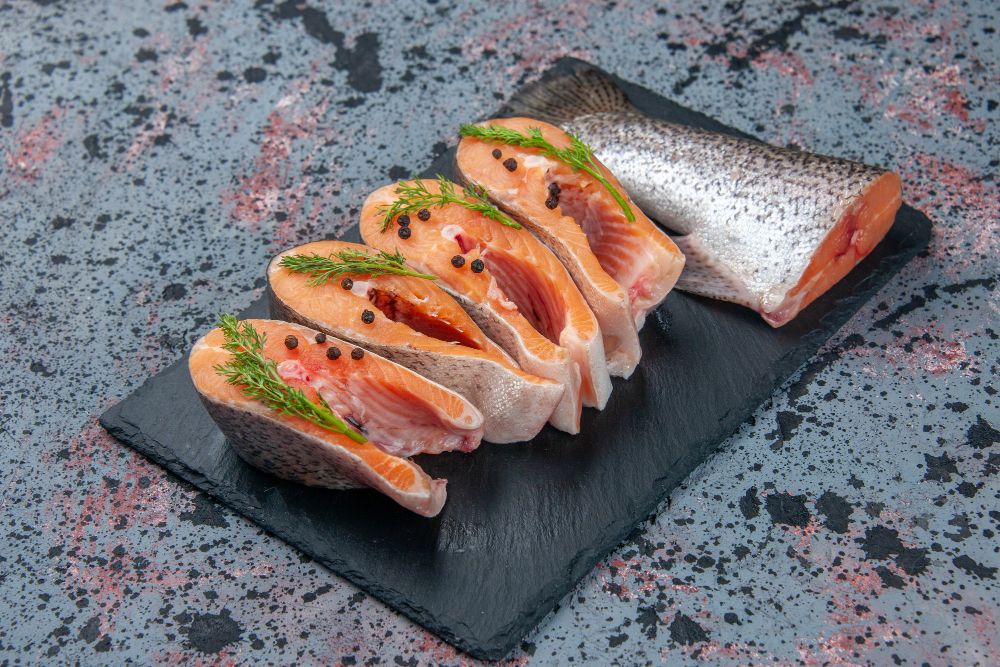
Author: Natalie Ng|Updated: 9 May 2025
Protein gets talked about a lot, but some of the advice out there does more harm than good. You don’t need huge amounts to build muscle—around 0.8 to 1 gram per pound of body weight is usually enough. The idea that you have to get protein in right after a workout isn’t as important as people think, and plant protein can work just as well as animal sources. Your body can handle more than 30 grams of protein in one meal, and things like protein shakes or adding protein powder won’t do much if the rest of your diet isn’t right. These myths can slow you down, especially if you’re trying to lose weight or maintain muscle. Stick around—we’re going to clear up the most common ones so you can get better results without the guesswork.

Myth 1. You Need Massive Amounts of Protein to Build Muscle
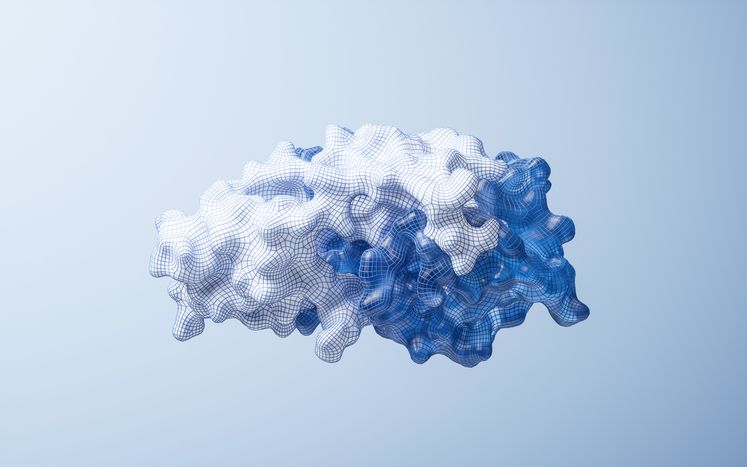
More protein doesn’t mean more muscle
There’s a common belief that eating extra protein will lead to faster muscle growth. But your body has a limit to how much it can actually use. Most people do well with around 0.8 to 1 gram of protein per pound of body weight each day. That range supports muscle repair and growth without overloading your system.
What happens with extra protein
Once your body gets enough protein, the rest doesn’t go straight to your muscles. Instead, it’s either burned for energy or stored as body fat. This means adding more protein powder or loading up on protein shakes won’t do much if you’re already hitting your daily needs.
Keep it balanced
You don’t need to push your protein intake to extreme levels. Focus on high quality protein like lean meats, greek yogurt, egg protein, low fat dairy, or plant based protein from chia seeds, pinto beans, and brown rice. These protein sources also offer other essential nutrients that help with overall health.
If your goal is to build or maintain muscle mass, stick to a realistic amount of protein per day and spread it out across your meals. Combine it with resistance training and rest for the best results—no need for more calories or excess protein that your body won’t use.

Myth 2. Protein Timing Is Everything – The Anabolic Window
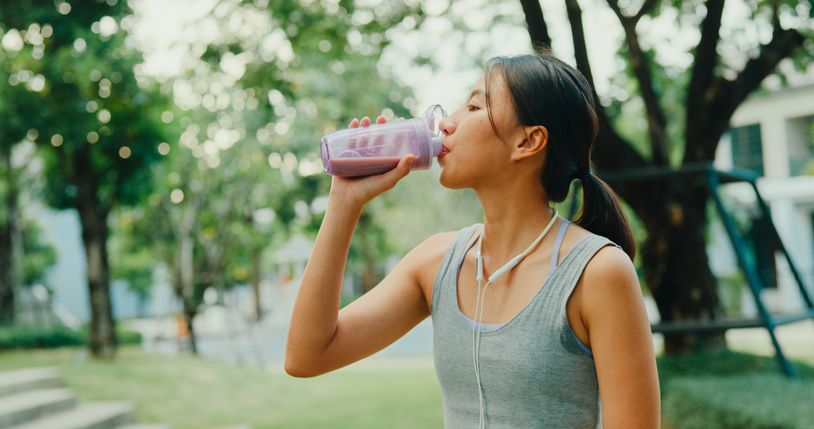
You don’t need to rush your protein after workouts
You’ve probably heard that you need to drink a protein shake within 30 minutes after exercise or risk wasting your workout. This idea of a strict "anabolic window" is one of the most repeated protein myths—but it’s not backed by science.
What research shows
There’s no exact 30-minute window where your body can absorb protein better than at any other time. Muscle recovery and growth don’t shut off if you wait longer to eat. In fact, the anabolic window is much wider than people think. Eating protein a few hours before or after exercise can still support muscle repair.
What matters more is your total protein intake throughout the day. Whether you're using whey protein, adding protein powder to a smoothie, or having lean meats at dinner, spreading out your protein helps with muscle protein synthesis.
Timing still has some use
While timing isn’t everything, it can help in certain cases—especially for athletes with intense training schedules. Having high protein foods before or after a session still makes sense, but there’s no need to stress about the clock.
Focus on meeting your daily protein needs using a mix of complete protein sources and plant protein like brown rice, pinto beans, or vegan protein powder. That will give you the essential amino acids your body needs to recover and grow.
Read More
Book Now to Experience
S6 Body Sculpting Treatment
1 Minute Self-Registration
Date should not be before minimal date

Myth 3. Plant Protein Isn’t Worse Than Animal Protein
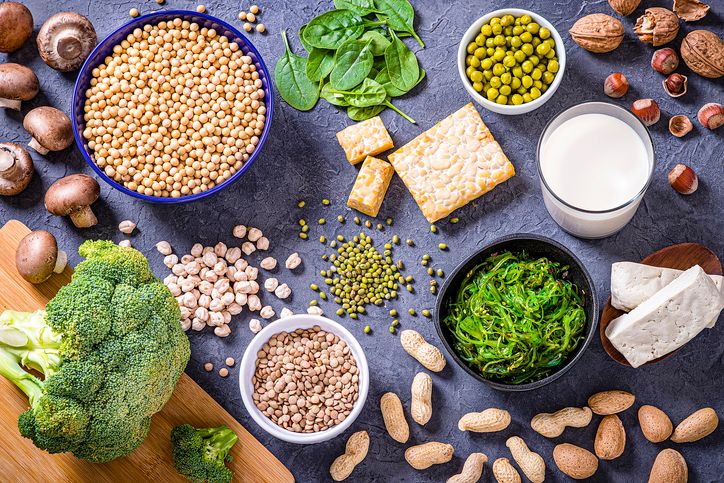
Plant protein can build muscle too
Animal based proteins like egg protein, whey protein, and lean meats have a complete amino acid profile, which is why they’re often seen as better for muscle growth. But that doesn’t mean plant based protein can’t do the same job. You can still build and maintain muscle mass with plant protein, as long as you eat enough and get a good mix of protein sources.
Combining plant proteins
Most plant proteins don’t have all the essential amino acids in the right amounts, but that’s easy to work around. Pairing foods like brown rice with pinto beans, or lentils with quinoa, creates a complete protein. These combinations give your body what it needs for muscle repair and growth without relying on animal proteins.
Plant protein in a high protein diet
If you're following a weight loss diet or aiming to maintain muscle during your weight loss journey, plant protein can be a solid choice. Foods like chia seeds, low fat dairy, greek yogurt (if not fully plant based), and vegan protein powder offer high quality protein with other essential nutrients and less saturated fat. This supports weight management and improves body composition when paired with resistance training and a balanced calorie intake.
You don’t need to stick to animal proteins to see results. A healthy diet with enough protein per day—whether from plants, animals, or both—will support your weight loss goals and muscle strength just as well.

Myth 4. More Protein Means Better Results
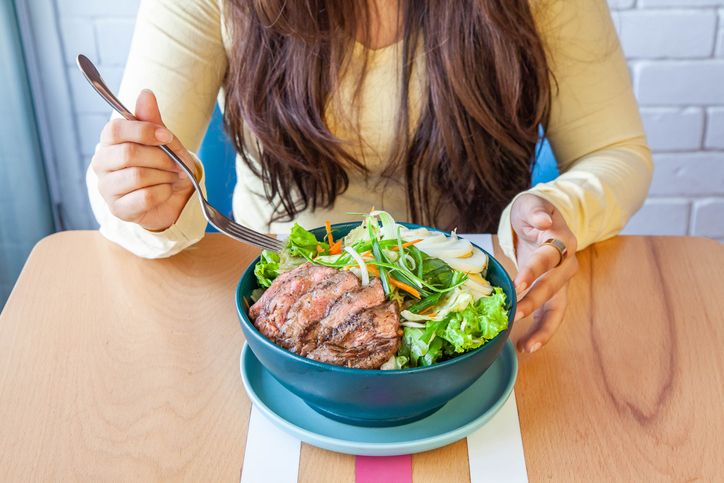
There’s a limit to how much protein your body can use
Eating more protein doesn’t always mean you’ll gain more muscle. Your body has a limit to how much it can use for muscle growth. Once you’ve had enough protein to meet your needs, the extra protein doesn’t go toward building more muscle—it’s either used for energy or stored as body fat.
What affects your protein needs
Your ideal protein intake depends on your body weight, training style, and daily activity level. Most people who train regularly need between 1.6 to 2.2 grams of protein per kilogram of body weight per day. If you go beyond that—especially more than 2.4g/kg/day—it usually won’t give you better results.
Focus on quality and balance
Instead of overloading on protein shakes or adding protein powder to every meal, spread your intake across the day using a mix of high protein foods. This includes protein rich foods like skinless chicken breasts, low fat milk, greek yogurt, or plant based options like pea protein or pinto beans.
Meeting your daily target with quality protein sources and a balanced diet that includes fruits, vegetables, healthy fats, and other essential nutrients supports better muscle recovery and helps prevent excess calorie intake or unnecessary weight gain.
Book Now to Experience
S6 Body Sculpting Treatment
1 Minute Self-Registration
Date should not be before minimal date

Myth 5. You Can’t Absorb More Than 30 Grams of Protein Per Meal
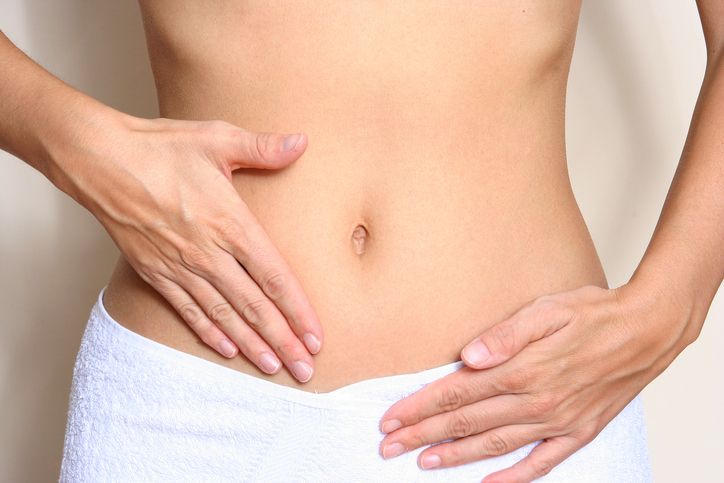
Your body can handle more than you think
The idea that your body can only absorb 30 grams of protein in one meal has been passed around for years, but it’s not accurate. Your digestive system is more flexible than that. It breaks down and processes protein based on what your body needs—not by a fixed number.
Absorption vs. usage
Protein absorption isn’t the same as muscle building. Your body absorbs nearly all the protein you eat, but how it uses it depends on factors like your size, activity level, and overall food intake. If you eat a meal with 40 or even 60 grams of protein, your body doesn’t waste it—it just takes longer to break it down.
Total intake matters more
If you’re working toward weight loss, weight gain, or maintaining lean muscle, focus on your total protein intake for the day. Whether that comes from protein shakes, unflavored protein powder, lean meats, or high protein plant foods, what you eat across the day has a bigger impact than how much protein is in each meal.
Sticking to 30 grams per meal isn’t necessary. What matters is meeting your daily goal with enough protein from a mix of complete protein sources and whole foods to support your training, body composition, and overall health.

How Protein Supports Weight Loss Beyond Muscle
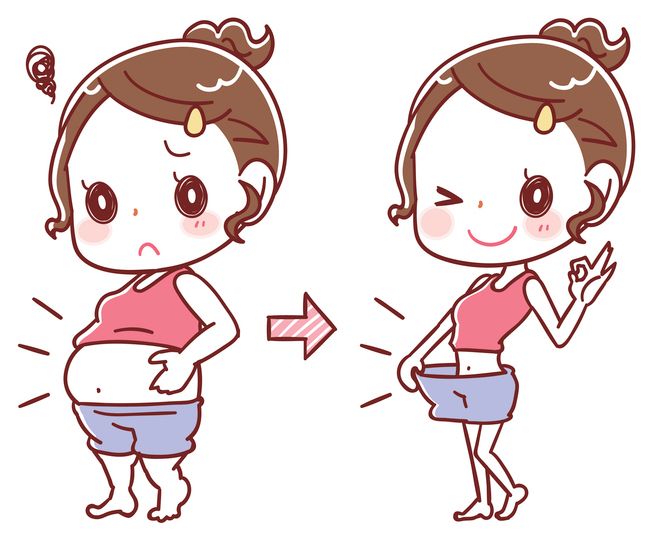
Protein helps control hunger
Protein isn’t just for building muscle—it also plays a big role in weight loss. Eating enough protein helps reduce hunger by lowering levels of the hormone ghrelin, which controls appetite. At the same time, it increases the feeling of fullness after meals. This makes it easier to reduce overall calorie intake without feeling like you’re starving all day.
It helps you lose fat, not muscle
When you're in a calorie deficit, your body can break down both fat and muscle for energy. That’s why maintaining a high enough protein intake is important on any weight loss diet. It helps protect lean muscle mass while your body burns fat, which improves body composition and supports a healthy metabolism. This is especially helpful if you're also exercising regularly.
Preventing weight regain
Protein can also help prevent weight regain after weight loss. It helps with appetite control and improves satiety, so you're less likely to go overboard on calories after reaching your weight loss goals. Including high protein foods in your usual diet—like egg protein, low fat dairy, or lean meats—makes it easier to keep the weight off long term.
Book Now to Experience
S6 Body Sculpting Treatment
1 Minute Self-Registration
Date should not be before minimal date

Practical Tips: How to Make Protein Work for You
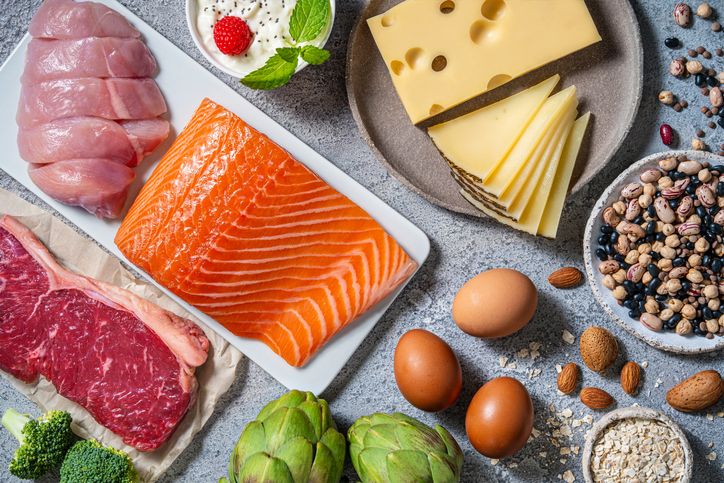
1. Choosing the Best Protein for Weight Loss
If you're trying to lose weight, focus on high quality protein that’s low in saturated fat and calories. Good options include skinless chicken breasts, greek yogurt, low fat milk, and plant based protein sources like lentils and quinoa. These foods help support muscle mass while reducing body fat.
2. Adding Protein to Every Meal
Eating protein rich foods throughout the day helps manage hunger and keeps your appetite in check. Include a source of protein in each meal to avoid unnecessary snacking and keep your energy levels stable. This supports a steady calorie intake, which is key for weight loss and body composition.
3. Using Protein Supplements the Right Way
Protein supplements like whey protein, vegan protein powder, or unflavored protein powder can help if you're not getting enough through food. They're especially useful if you're active, have higher protein needs, or want something quick and easy post-workout. Choose options with minimal additives and natural flavors.
4. Making Plant Proteins Complete
Most plant based proteins aren’t complete on their own, but you can fix that by mixing different sources. Pair foods like rice and beans or lentils and whole grains to get a full set of essential amino acids. These combinations work well in a healthy diet and support muscle repair and growth.
5. Easy Ways to Eat More Protein
You don’t need a big diet change to eat more protein. Add greek yogurt, cottage cheese, tofu, or eggs to your usual meals. Use snacks like nuts or protein shakes to help meet your protein goals without adding too many extra calories.

Boost Your Results with S6 Body Sculpting Treatment
Protein and body sculpting work better together
Eating the right amount of high quality protein helps with weight loss by supporting muscle mass and reducing body fat. But for many people, stubborn fat in areas like the belly, thighs, and arms doesn’t respond well to diet alone—even if you’re hitting your protein goals.
That’s where the S6 Body Sculpting Treatment comes in. It’s a non-invasive treatment designed to support fat reduction in targeted areas. When paired with a healthy diet rich in protein for weight loss, this treatment can help speed up visible results and improve body shape in ways that food and exercise sometimes can’t.
How the treatment works
The S6 treatment uses a low-energy bio-laser that reaches into the subcutaneous fat layer and breaks down fat cells by triggering the release of fatty acids. These are then naturally cleared through the body’s lymphatic drainage system. To boost this process, a gentle vacuum suction device massages the treatment area, encouraging faster metabolism and helping your body expel the fat more efficiently.
At the same time, the laser energy stimulates collagen production, which helps tighten and firm the skin—something that’s especially helpful when you’re losing weight quickly or reducing fat in larger areas.
Why it works well with a high protein diet
A diet rich in lean meats, plant based protein, protein supplements, or whey protein helps support fat loss while preserving muscle mass. But when paired with the S6 Body Sculpting Treatment, the fat loss process becomes more focused. Instead of just waiting for your body to burn through stored fat evenly, this treatment helps reduce fat in harder-to-target places like the waist, lower buttocks, or calves—areas that don’t always respond to protein-rich diets and exercise alone.
Benefits of the S6 Body Sculpting Treatment
• Targets stubborn fat areas like the belly, thighs, and back
• Non-surgical, non-invasive, and comfortable with no downtime
• Speeds up fat metabolism while keeping skin firm
• Pairs well with a weight loss diet and high protein foods to improve overall body composition
• Suitable for different body types with a short recovery time
If you’ve been working on your weight loss journey with protein rich foods, protein shakes, or healthy diet changes and want to speed up your results, book your S6 Body Sculpting Treatment today. This non-invasive therapy can help shape your body and boost the effects of your protein-focused routine.
New Beauty's S6 Body Sculpting TreatmentBook Now to Experience
S6 Body Sculpting Treatment
1 Minute Self-Registration
Date should not be before minimal date
FAQ
1. What is the best protein powder for weight loss?
The best protein powder for weight loss is one that is low in sugar, low in saturated fat, and made with minimal additives. Unflavored protein powder is often a good option since it allows you to control added ingredients. Whey protein is a popular choice because it digests quickly and supports muscle repair. For those following a plant based diet, pea protein or a vegan protein powder blend made with brown rice and legumes can also be effective. Always choose protein supplements that fit your usual diet and calorie needs.
2. Can high protein diets help with appetite control?
Yes, high protein diets can help with appetite control. Protein-rich meals increase satiety and reduce hunger hormones, which means you're likely to feel full longer and eat fewer calories throughout the day. Including protein rich foods like lean meats, greek yogurt, low fat dairy, and chia seeds in each meal supports weight loss and can prevent overeating, especially when paired with fruits vegetables and healthy fats.
3. How much protein should I eat to prevent muscle loss during weight loss?
To prevent muscle loss, you should aim for 1.6 to 2.2 grams of protein per kilogram of body weight per day. This range supports lean muscle retention while you're in a calorie deficit. Spreading your protein intake across the day—using high quality protein sources like egg protein, skinless chicken breasts, or low fat milk—helps maintain muscle mass and improves body composition as you lose body fat.
4. What are some complete protein sources for vegans?
Complete protein sources for vegans include quinoa, tofu, tempeh, buckwheat, and soy milk. You can also combine plant proteins throughout the day—like rice and beans or whole wheat bread with hummus—to create a complete protein source. Many vegan protein powders are now formulated with complementary plant proteins to provide all essential amino acids needed for muscle maintenance and general health.
5. Do I still need to watch my calorie intake if I’m eating more protein?
Yes, even on a high protein diet, watching your calorie intake is important for weight loss and weight management. Eating more protein can reduce appetite and increase metabolic rate slightly, but eating more calories than your body needs—even from protein—can still lead to weight gain. To stay on track, focus on balanced meals that include protein per serving, healthy fats, and fiber-rich foods while keeping portions in check.
Recommended Articles
COPYRIGHT© NEW BEAUTY MANAGEMENT LIMITED 2025. ALL RIGHT RESERVED.

